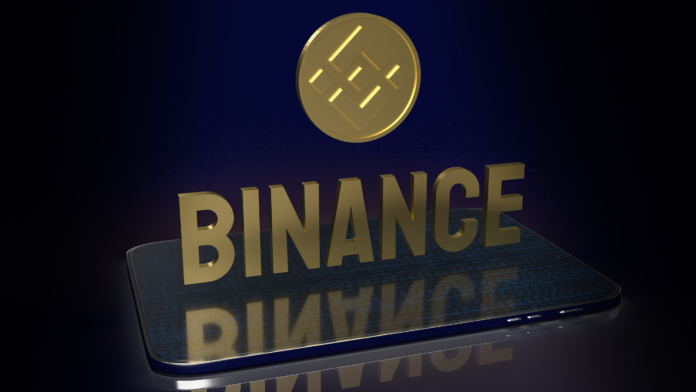The growing call for President Joe Biden’s intervention in the case of detained Binance executives underscores a crucial juncture in the relationship between U.S. governance and the global cryptocurrency market. These executives, who are key players in one of the world’s largest cryptocurrency exchanges, find themselves in a legal tangle that has far-reaching implications for the industry and international relations.
The situation brings to light the complex web of legal, geopolitical, and financial issues that surface when the decentralized, borderless realm of cryptocurrency clashes with national laws and regulations. The detention of Binance’s executives not only raises questions about jurisdiction and legal overreach but also highlights the often-contentious relationship between cryptocurrency entities and traditional regulatory frameworks.
At the heart of this controversy is a fundamental question about the extent to which national governments can and should exert control over an industry that inherently defies geographical boundaries. The U.S. government’s stance on this matter is being closely watched as a potential precedent-setter, influencing how other nations might navigate similar issues in the future.
The call for Biden’s intervention is not just about the immediate release of these individuals but also about the broader implications for the crypto industry’s autonomy and its ongoing struggle for legitimacy in the eyes of global regulators. This situation exemplifies the growing pains of a sector that is at once revolutionary in its potential and fraught with challenges that stem from its novel nature and rapid growth.
Critics of the U.S. government’s action argue that it represents an overreach and could set a dangerous precedent that stifles innovation and undermines the principles of a free and open market. Supporters, however, see it as a necessary step to ensure that the burgeoning crypto market operates within the bounds of law, safeguarding investors and maintaining financial stability.
The Binance case serves as a litmus test for the future of cryptocurrency regulation, potentially defining the boundaries of legal intervention in the industry. It also poses critical questions about the balance between fostering innovation and ensuring accountability in a market known for its volatility and risk.
As this situation unfolds, it serves as a pivotal moment for the crypto industry, one that could shape its regulatory landscape for years to come. The resolution of this case could either embolden governments to take more assertive actions against crypto entities or encourage a more collaborative approach to regulation that recognizes the unique attributes of cryptocurrencies.
The pressure on Biden to act reflects the growing recognition of cryptocurrency’s significant impact on the global financial system, necessitating a nuanced and informed response from policymakers. How the U.S. government handles this issue will likely influence international norms and practices in cryptocurrency regulation, affecting how these digital assets are traded, managed, and perceived worldwide.
This episode is more than a legal battle; it’s a crucial moment in the ongoing narrative of cryptocurrency’s integration into the global financial ecosystem. It underscores the need for a balanced approach to regulation that protects the public interest while allowing the innovative potential of cryptocurrencies to flourish.
In essence, the Binance executive detention saga is a microcosm of the larger debates surrounding cryptocurrency’s place in the global financial system. It encapsulates the tensions between innovation and regulation, national interests and global markets, and the old guard of financial systems versus the new digital frontier.
The outcome of this situation will likely resonate beyond the immediate parties involved, setting a tone for the future interaction between government authorities and the cryptocurrency world. As such, it is a story of not just legal wrangling but of broader significance to the trajectory of one of the 21st century’s most disruptive and dynamic financial innovations.


